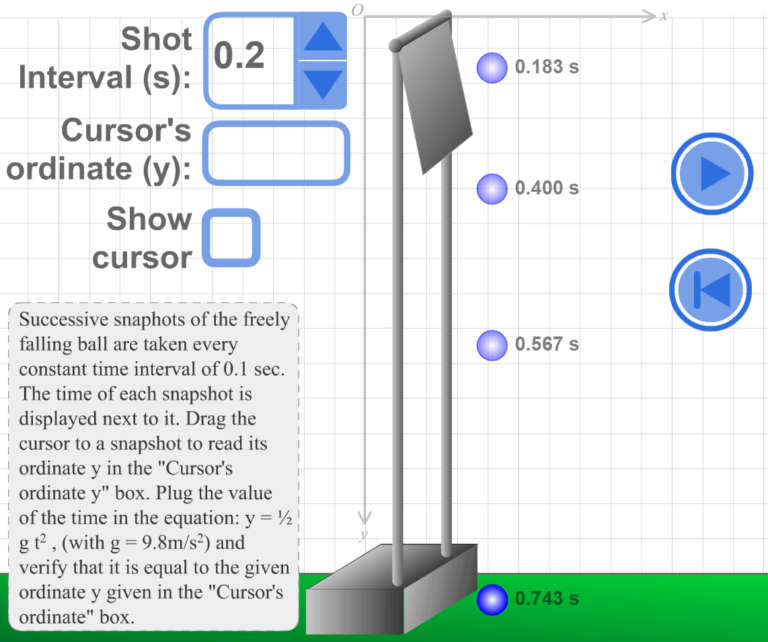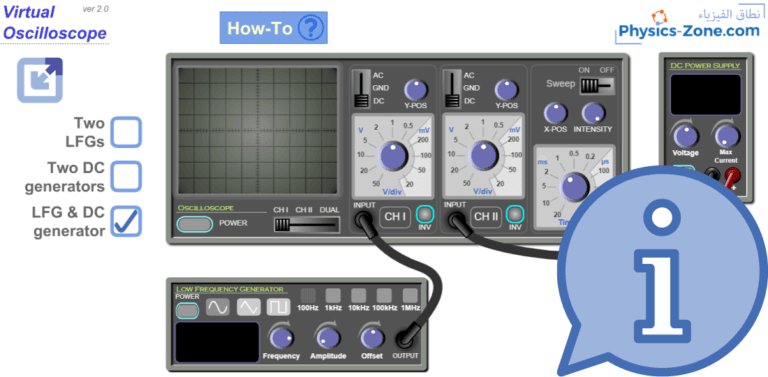Long Division Simulation – Remainder
Description:
This step-by-step interactive simulation is designed to help students master long division with remainders. It breaks the process into clear stages, guiding learners through:
-
Dividing multi-digit numbers
-
Recording remainders
-
Understanding how each digit contributes to the final result
Whether you’re a student, parent, or teacher, this tool offers a structured and supportive environment for building long division skills.
A separate simulation for long division with decimal (float) quotients is also available in the simulations section.
For long division simulation with float quotient, click here.






